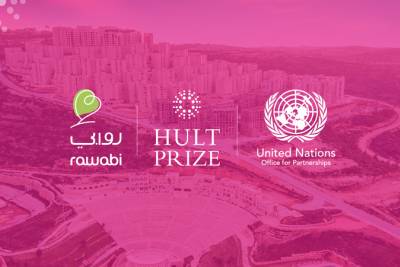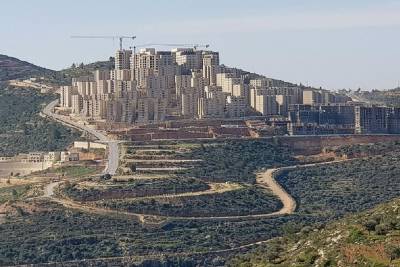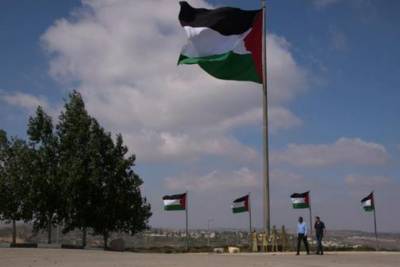A usable past for Israel and Palestine
Musing of a young Londoner Blog - Richard Roberts - Last spring I visited Rawabi, a new model city being built in the mountains of the West Bank, from where
you can see, tantalizingly, the skyscrapers of Tel Aviv and the
2nd Subtitle, Paragraph 11:
Last spring I visited Rawabi, a new model city being built in the mountains of the West Bank, from where you can see, tantalizingly, the skyscrapers of Tel Aviv and the deep blue of the Mediterranean – tantalising because many Palestinians have never been there. Rawabi is the pet project of Palestinian billionaire Bashar Masri. It’s a hugely ambitious venture – as well as apartments for 40,000 people, they are building schools, hospitals, a church, a mosque, office blocks, football pitches and a vast Greek-style amphitheatre.
Its motto is ‘the best is yet to come’. As yet, there are no people in Rawabi (apart from an army of construction workers). The arrival of the first residents has had to be postponed due to difficulties in obtaining the relevant permits from the Israeli authorities to secure the water supply. This problem is prevalent across the West Bank. As a result, most Palestinian homes have water collection tanks on the roof. (In the shadow of the separation wall and its IDF watch-towers, these tanks are often decorated with bullet holes.) But Rawabi’s designers have consciously eschewed this solution for aesthetic reasons, leaving them entirely dependent upon the non-existent goodwill of Israel. As I walked through what has to be one of the most surreal marketing suites on the planet – complete with a 3D video virtual tour of a
Rawabi full of young, attractive, smiling and visibly affluent Palestinians – the marketing director, seemingly unaware of the term’s association with the Israeli settlers who occupy several of the surrounding hillsides, kept chirping away about the need to establish ‘facts on the ground.’
To view original article, Click Here.



